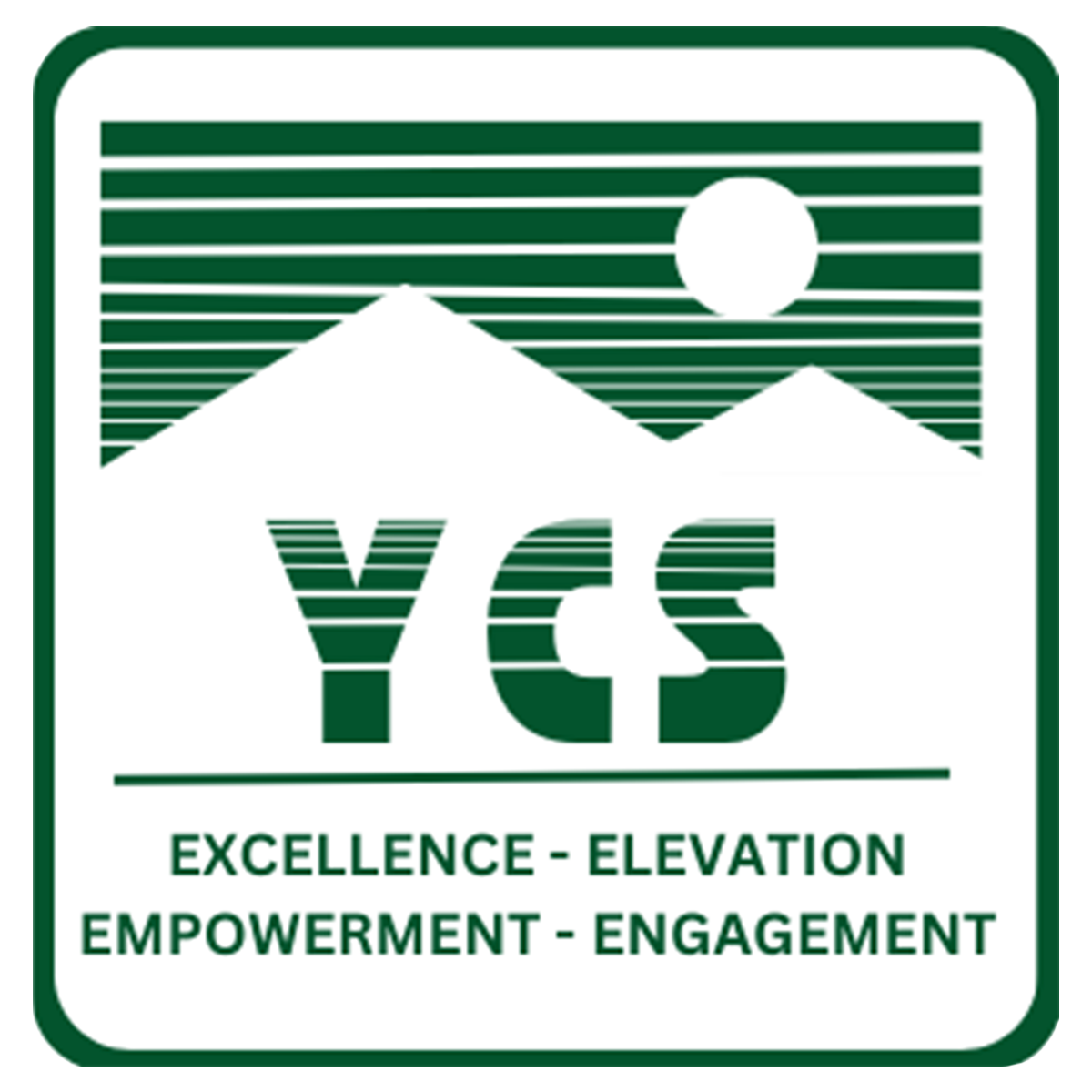Seventh Grade - Online Safety and Appropriate Online Behavior
Lesson One - Seventh Grade - 1st Week of School
Show What's in Your Digital Footprint? video and use discussion questions in dropdown to engage students. This lesson will take less than 15 minutes.
Activity Steps
Introduce the video topic to students by saying: Today we're going to watch a video exploring what a digital footprint is and what yours conveys.
Show the What’s in Your Digital Footprint? video (1:07 minutes). (Note: The video is also available in Spanish, and you can also use the video player to turn on subtitles.)
Lead a class discussion exploring the questions below.
Optional: You can also distribute the Student Handout and have students respond to the questions prior to group or whole-class discussion.
Discussion Questions
According to the video, what do the following images have to do with the term "digital footprint"?
A lighthouse
A copier
A whisper in the ear
A stadium and a jumbotron
A permanent marker
Sample responses:
The images show some of the things that make digital footprints unique. A digital footprint:
Can be searched (lighthouse)
Can be copied (copier)
Can be shared widely (whisper in the ear, and stadium/jumbotron)
Is permanent (permanent marker)
How does it make you feel knowing that everything you do online is stored and can be searched for, shared, or even broadcast?
Answers will vary.
What does it mean to have a positive digital footprint?
Sample responses:
Answers will vary.
Emphasize that a positive digital footprint is One that portrays the real you that you are proud of and would be OK with other people seeing.
Our digital footprints can impact our future. What others find about us online shapes how they see us or feel about us. Help your students learn about their digital footprint and the steps they can take to shape what others find and see about them online.
Students will be able to:
Define the term "digital footprint" and explain how it can affect their online privacy.
Analyze how different parts of their digital footprint can lead others to draw conclusions -- both positive and negative -- about who they are.
Use the Take a Stand thinking routine to examine a dilemma about digital footprints.
Key Vocabulary: digital footprint · invisible audience · persistent Show definitions
Lesson Two - Seventh Grade - 2nd Week of School
Show Teen Voices: Friendships and Social Media video and use discussion questions in dropdown to engage students. This lesson will take less than 15 minutes.
Activity Steps
Introduce the video topic to students by saying: Today we're going to watch a video exploring how social media affects our relationships.
Show the video Teen Voices: Friendships and Social Media (3:00 minutes). (Note: The video is also available in Spanish, and you can also use the video player to turn on subtitles.)
Lead a class discussion exploring the questions below.
Optional: You can also distribute the Student Handout and have students respond to the questions prior to group or whole-class discussion.
Discussion Questions
What do you think are some benefits of social media?
Sample responses:
You can:
connect with friends
share pictures of what you are doing or thinking
share exciting things you're doing
stay up-to-date on the latest happenings
connect with people or groups who have interests similar to yours
What are some problems or drawbacks of social media?
Sample responses:
It's distracting from other things you need to do (such as homework).
You may feel pressure to constantly check it.
You may feel pressure to show yourself as perfect or make your life look great.
You might compare yourself to others.
It can make you feel sad or even depressed.
How does or how can social media affect your friendships?
Answers will vary.
For most middle schoolers, being on social media can mean connecting with friends, sharing pictures, and keeping up-to-date. But it can also mean big-time distractions, social pressures, and more. Help students navigate the different feelings they may already be experiencing on social media.
Students will be able to:
Identify the role of social media in their lives.
Reflect on the positive and negative effects social media use has on their relationships.
Recognize "red flag feelings" when using social media and use the Feelings & Options thinking routine to consider ways to handle them.
Key Vocabulary: oversharing · red flag feeling · social media Show definitions
